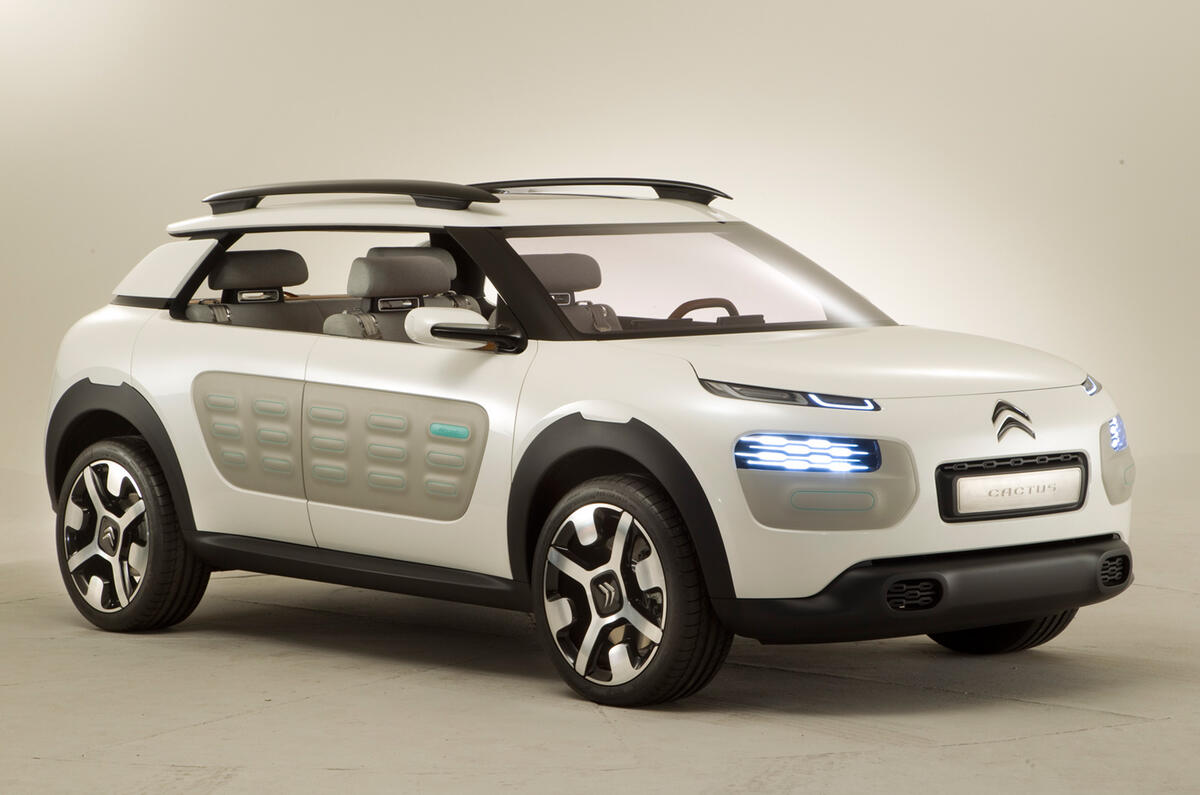A couple of years ago I went to Rome for the launch of the Volkswagen Up. An example was parked outside the hotel in the centre of the city and it was fascinating to look it over with one of the Up design team.
All the talk of ‘iPhone’ design was clearly not just hype. The incredibly tight construction of the Volkswagen Up was remarkable. The roof panel was seamlessly joined to the side panels. Particularly, the shut line between the front bumper and front wing was incredibly tight and would have shamed cars costing more than ten times the price.
I stood and looked at the Up under the streetlights and marvelled at the industrial process that had created such a beautifully engineered and constructed vehicle that could be bought for not much more than £8000.
But as I pondered the fit and finish, another thought crept over me. Imagine the typical urban crunch and then imagine the difficulty the typical bodyshop would have putting the front end of an Up back together with this kind of factory precision.
Which made me wonder if cars are getting just too perfect. They generally spend a lot of time outdoors, pounded by all sorts of weather and road conditions. They are also at the mercy of wayward supermarket trolleys, random door strikes, touch parking and – as I saw last night – young boys running down the pavement, kicking off wing mirrors.
We should not be surprised at the rise of roadside restoration services, knocking out dents, respraying scrapes and re-finishing kerbed alloys. When a car is showroom perfect and it gets damaged, for most people it’s a depressing experience.
But keeping your perfect car in perfect condition is, for the drivers who want it, difficult, stressful and often expensive. Which is where Citroën's new C-Line philosophy comes in. The first car in the series – the Cactus – will be revealed next week.
It’s expected to be based on the same simple (but five-star safe) platform as the Citroen C4. It will only get lower powered engines, so brake and suspension systems can be kept simple and the exterior will be protected by rubber inserts, which can be replaced if badly damaged. The whole C-Line ethos is to take the stress out of car ownership.
I feel sure that the idea was developed by someone who regularly strolls through Paris. The Parisians have a very ‘working tool’ attitude to their cars. Bump-parking is the norm, damage seems to be a badge of honour. In general, the French buy relatively basic cars, run them for the thick end of a decade and then replace them.
Whether there are enough car buyers in the rest of Europe to make a success of the C-Line philosophy remains to be seen, but surely low running costs and minimal hassle will be welcomed by many young families and older drivers.
There’s something very refreshing about the C-Line idea and I rather hope that it really takes off – and not just because Citroën needs a boost. If, for every action, there’s an equal and opposite reaction, we should be due a swing away from the premium obsession of the last decade and more.
Perhaps we should take inspiration from the French: spend less on our cars and more on our personal wardrobe.
See more exclusive studio shots of the new Citroën C4 Cactus.




Join the debate
Add your comment
Good old Landies do this too
My Citroen ZX seemed to
not a smart idea
To avoid bumps in city just do as italians do ... buy a cheap second hand car and bump all the way ... and keep your shiny pretty one in garage ...